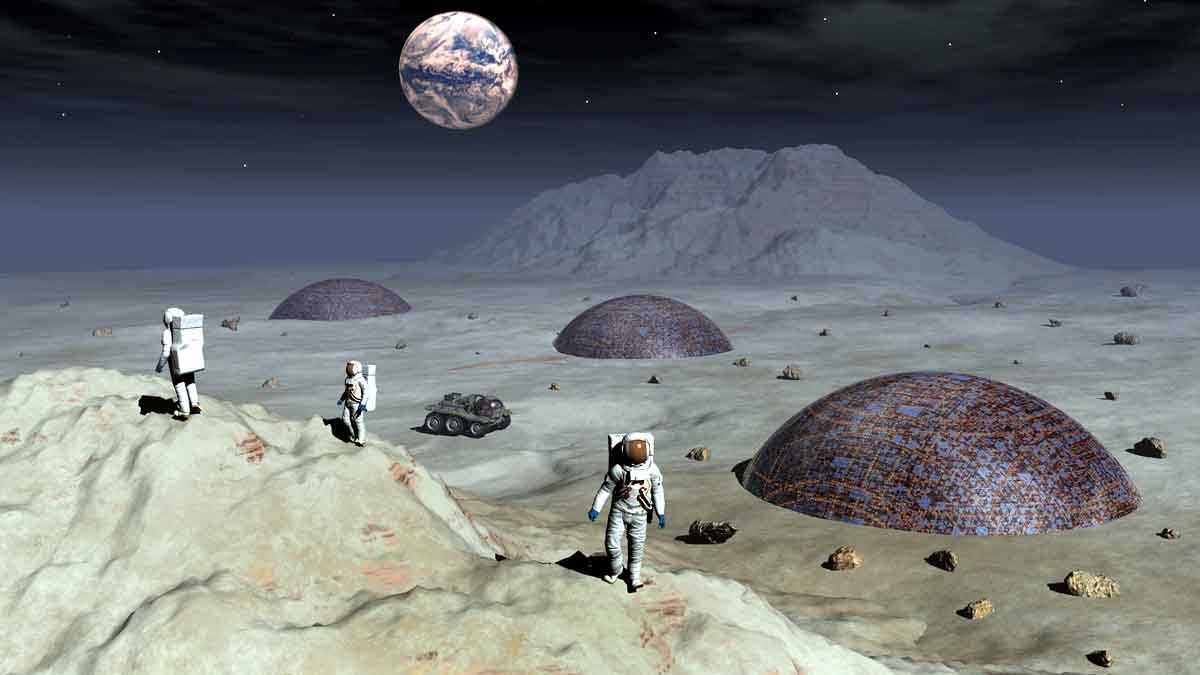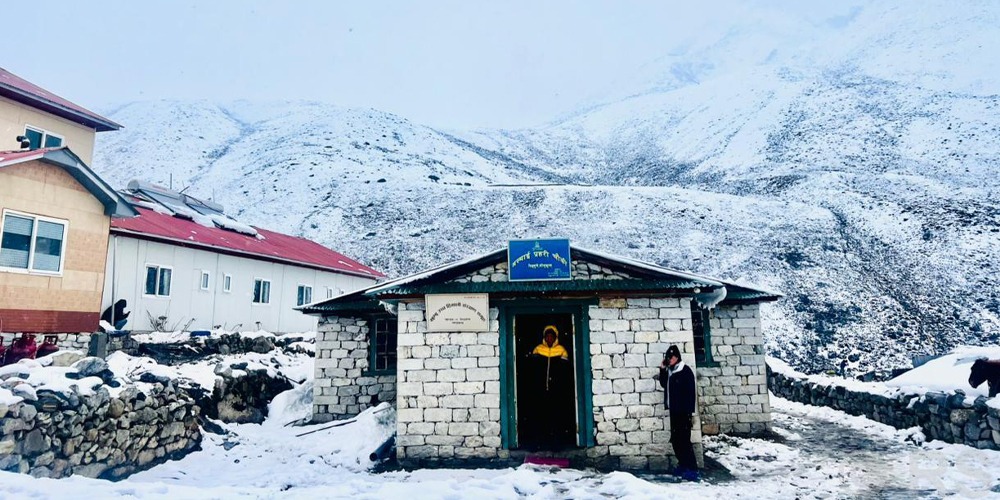Scientists Predict Human Settlement on the Moon by 2075, Paving the Way for Lunar Colonization

Kathmandu, Jan 17: International scientists estimate that a human settlement on the moon, named the Neil Armstrong International Lunar Base, will be established by the year 2075. The envisioned lunar base is expected to be located in Hansen Crater, situated southwest of the Moon’s south pole.
Chinese electrical engineer Liu Mi and American astronomer David Scott are anticipated to navigate a six-wheeled lunar vehicle, powered by a fourth pressurized fuel cell, to Hansen Crater. Their mission involves not only exploration but also the upkeep of the International Lunar Base, ensuring continuous contact with Earth.
Shackleton Crater, located 50 km from the lunar base, will host the Lunar Crater Radio Telescope, facilitating communication between space, the moon, and Earth. The surrounding landscape bears a resemblance to the mountainous regions of Africa. The lunar base will feature circular camps equipped to produce greenhouse gases.
A 3D printing robot, running on solar energy, will construct inflatable modules around the camps, offering protection against small meteorites and radiation. Solar panels installed nearby will supply electricity to life-saving equipment on the moon base, operating through a wireless system.
Experts anticipate that within the next 50 years, humans will establish a permanent lunar station where astronauts will reside or make brief visits. Notably, by 2075, the possibility arises for humans to give birth to children on the moon, marking a historic milestone in space exploration.
Giuseppe Ribaldi, Italy’s space policy advisor, believes that human settlement on the moon is imminent. Reflecting on the moon’s significance in the 1960s space race between the United States and the Soviet Union, Ribaldi emphasizes the progress made possible by new technology and innovations.
Historically, six crewed missions were sent to the Moon between 1969 and 1972, and 12 American astronauts walked on its surface, collecting soil and stone samples. Recent discoveries of water ice on the moon, particularly in areas untouched by sunlight, have reinforced the idea of building a permanent lunar base.
Ribaldi likens the discovery of water on the moon to finding gold in space, highlighting its potential for generating oxygen and rocket fuel. Various countries, including the United States, the Soviet Union, India, and China, have actively participated in lunar exploration, each contributing to the vision of a sustainable human settlement on the moon akin to base camps in Antarctica.
Facebook Comment
latest Video
Trending News
- This Week
- This Month













